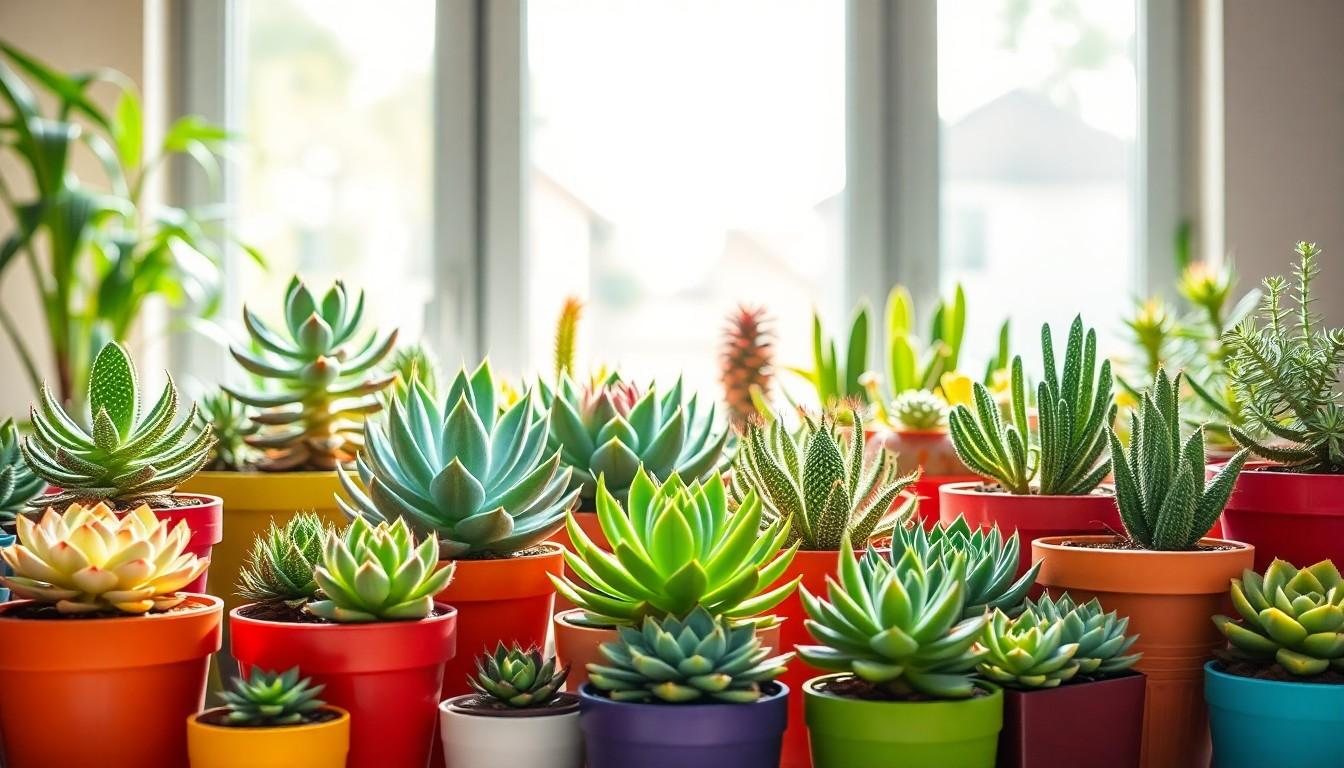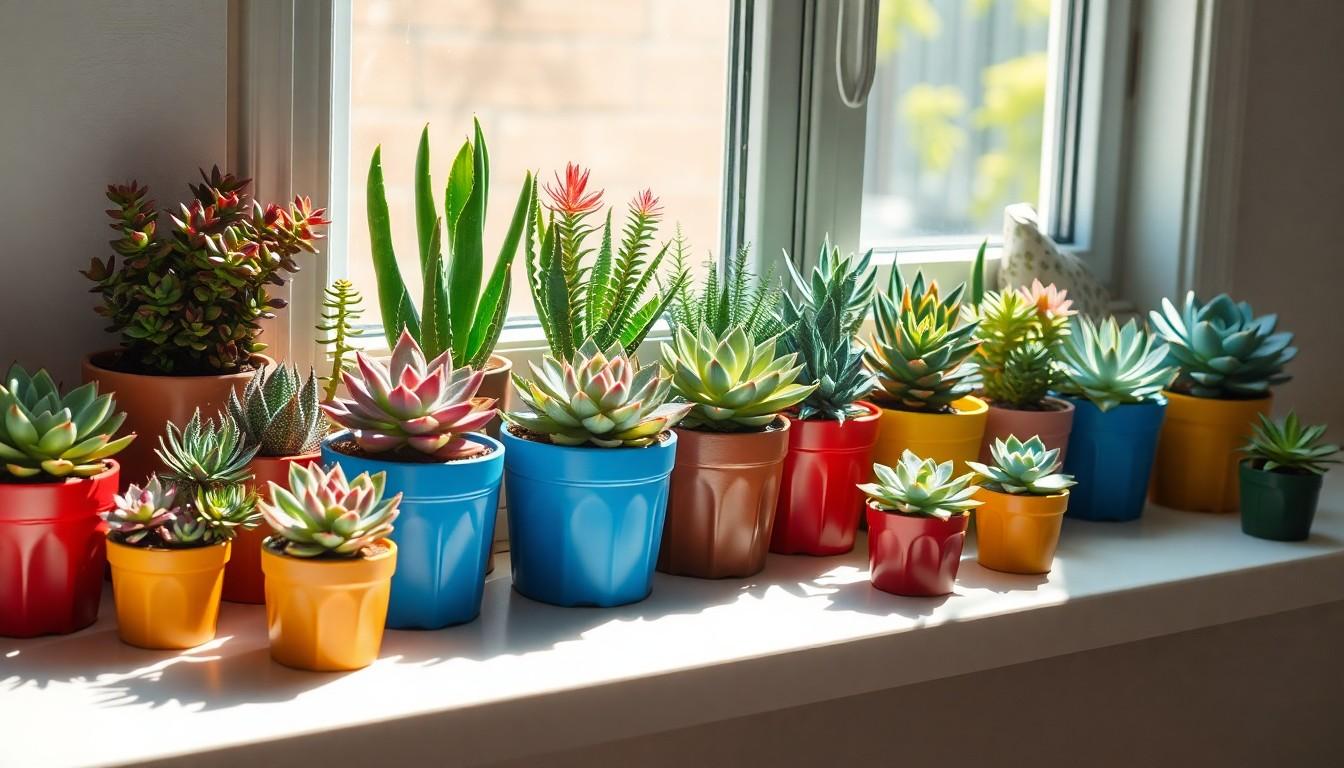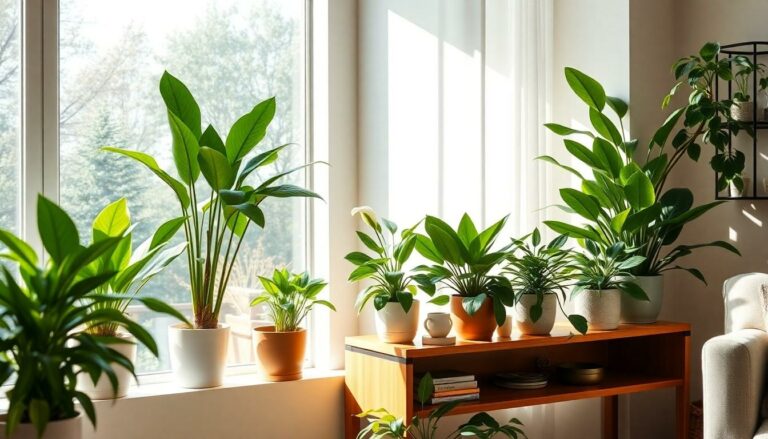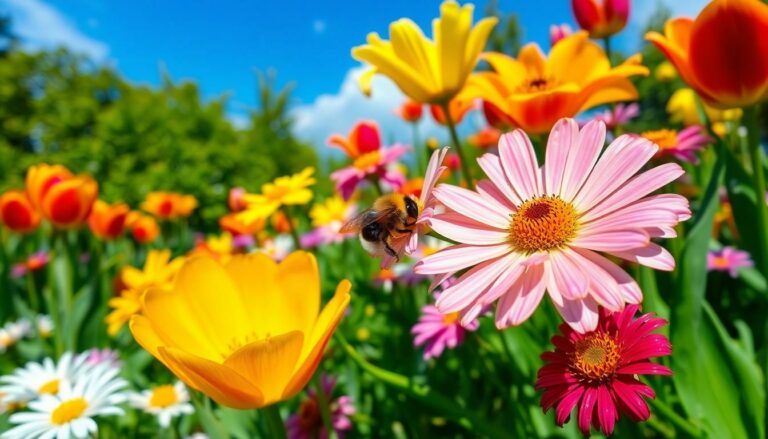
Do Succulents Grow Best? Top Tips for Thriving Indoor and Outdoor Plants
Succulents have taken the plant world by storm, charming everyone with their quirky shapes and low-maintenance needs. But do they actually grow? Spoiler alert: yes, they do! These little green wonders are like the overachievers of the plant kingdom, thriving in almost any environment and making even the most forgetful plant parent feel like a gardening guru.
Understanding Succulents
Succulents are a diverse group of plants known for their fleshy, water-storing tissues. These adaptations allow them to thrive in arid conditions and contribute to their growing popularity.
What Are Succulents?
Succulents belong to various plant families and share a common trait of retaining water in their leaves, stems, or roots. This unique characteristic allows them to survive periods of drought. They show a variety of shapes, sizes, and colors, making them visually appealing. Succulents generally require minimal water and thrive in well-draining soil, making them suitable for beginners. Environments with plenty of light also support their growth, as many types prefer bright, indirect sunlight.
Types of Succulents
A wide range of succulents exists, including popular varieties such as aloe vera, jade plant, and haworthia. Aloe vera offers medicinal benefits alongside its aesthetic appeal. Jade plants are well-known for their longevity and symbolize good luck. Haworthia features distinctive rosette shapes and compact growth. Other examples include echeveria, sedum, and cactus, each presenting unique traits. Understanding these types helps identify the best choices for various settings, whether indoors or outdoors.
Growing Conditions for Succulents

Succulents thrive in specific growing conditions, which significantly impact their health and growth.
Light Requirements
Bright, indirect sunlight proves essential for optimal succulent growth. Many succulents prefer at least six hours of light daily. Direct sunlight can cause sunburn, leading to discolored leaves. Indoors, placing succulents near a south or west-facing window usually works best. For those growing outdoors, situations with partial shade during hot afternoons help prevent stress on the plants. Adjusting light exposure can enhance their colors and promote healthy growth.
Soil Preferences
Well-draining soil is crucial for succulents to prevent root rot. A gritty mix usually contains components like sand, perlite, or pumice. Most succulents flourish in soil specifically formulated for cacti or succulents. Proper drainage allows excess water to escape, ensuring roots remain dry. Regular potting soil doesn’t suffice due to retention of moisture. Repotting every few years refreshes the soil and promotes healthy root systems.
How to Care for Succulents
Caring for succulents requires a specific approach to ensure they thrive. Watering and fertilization are key aspects.
Watering Techniques
Watering should follow a careful schedule. Allow the soil to dry out completely between waterings. Check the moisture level by inserting a finger into the soil; if it feels dry, water the plant thoroughly. During warmer months, succulents benefit from more frequent watering, while winter months call for less. Overwatering remains a common mistake; it leads to root rot. Using a pot with drainage holes promotes proper moisture control.
Fertilization Tips
Fertilizing succulents ensures healthy growth, but it’s important to do this sparingly. Use a balanced, water-soluble fertilizer, diluted to half-strength. Applying fertilizer every four to six weeks during the growing season supports active growth. Avoid fertilizing during the dormant winter months. For best results, focus on quality nutrient sources specific to succulents. These tips help maintain vigor and lushness in these resilient plants.
Common Issues in Succulent Growth
Succulents face several common growth issues that can hinder their health and vitality. Recognizing these challenges allows for timely intervention.
Overwatering Problems
Overwatering presents a major issue for succulent growers. Symptoms include yellowing leaves and mushy roots, resulting from excessive moisture in the soil. Monitoring watering routines proves essential for preventing root rot. Many experts recommend letting the soil dry completely between waterings, emphasizing the need for pots with drainage holes to facilitate excess water escape. Adjustments in watering frequency often become necessary during seasonal changes, as succulents typically require more hydration in warmer months and less during winter months. Overall, understanding the right moisture levels ensures succulents flourish.
Pest Infestations
Pest infestations can disrupt succulent growth significantly. Common pests like mealybugs and aphids attack these resilient plants, often leaving visible signs such as webbing or sticky residue. Regularly inspecting plants provides an effective method for early detection. Quarantining infested succulents prevents the spread to other plants. Applying insecticidal soap or neem oil effectively removes pests, ensuring plant health. Maintaining well-ventilated spaces minimizes pest attraction. Overall, taking proactive measures against infestations protects and promotes thriving succulents.
Conclusion
Succulents are remarkable plants that offer beauty and resilience to any space. With their unique adaptations for water retention and ability to thrive in various conditions, they’re perfect for plant enthusiasts of all levels. By understanding their specific needs for light, soil, and watering, anyone can cultivate a thriving succulent collection.
Regular care and attention to potential issues like overwatering and pests can ensure these hardy plants flourish. Embracing the joys of succulent gardening not only enhances one’s living environment but also provides a rewarding hobby that can bring relaxation and satisfaction.



